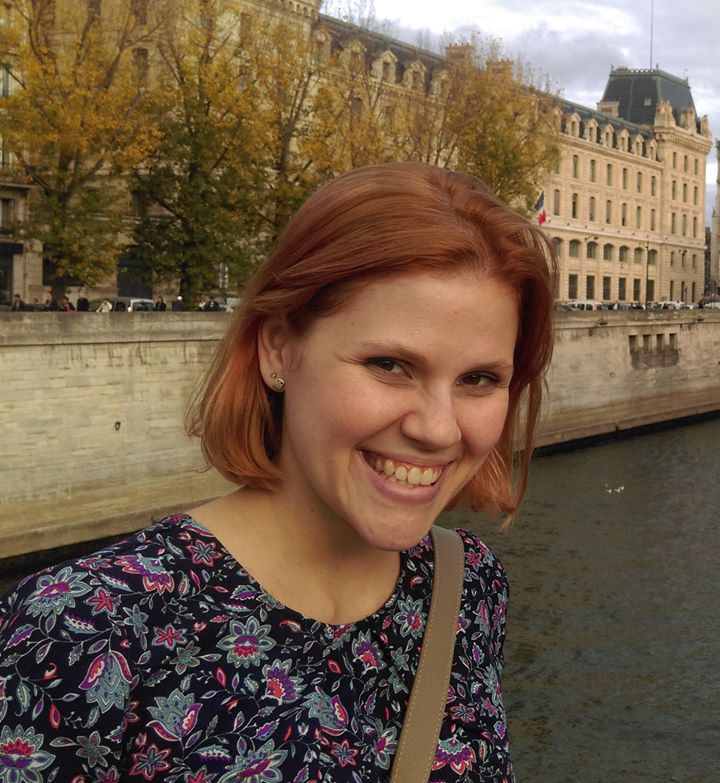 Fernanda started doing research-related work in her second year as an undergraduate. Though she didn’t quite know what she wanted to research at the time, she always found the topic of black holes exciting. So, she started working on quasars.
Fernanda started doing research-related work in her second year as an undergraduate. Though she didn’t quite know what she wanted to research at the time, she always found the topic of black holes exciting. So, she started working on quasars.
Because they are so bright, quasars can be seen at very long distances and are some of the furthest objects we can see. They appear as point sources in the sky in the same way as stars do.
For her PhD, Fernanda uses statistical methods to find gravitationally lensed quasars. Because they are so far away, occasionally, quasars can lie behind another galaxy closer to us. Because of its mass, the galaxy closer to us works as a lens for the background quasar, changing the direction, due to gravity effects, of the light rays emitted by that object. So the light from the background quasar, instead of following a straight line, gets bended by the other galaxy and it appears to be coming from different directions in the sky. This causes more than one image of the quasar to appear in the sky and allows all matters of things to be studied.
We asked Fernanda a few more questions — here’s what she had to say:
When did you know you wanted to be a scientist?
When I was about seven years old my parents took me to the planetarium in my city and I wanted to become an astronomer ever since. That year I asked for a telescope for my birthday. It wasn’t very powerful and I lived in a city with a lot of light pollution, so at best, you could use it to look at the moon. But I thought it was the coolest thing!
Do you have any hobbies or play any sports?
I do classical ballet. I used to dance when I was young and came back to it once I started my PhD. I played Tybalt in the Romeo and Juliet production put together by the Cambridge University Ballet Club recently and we got stellar reviews. It was awesome!